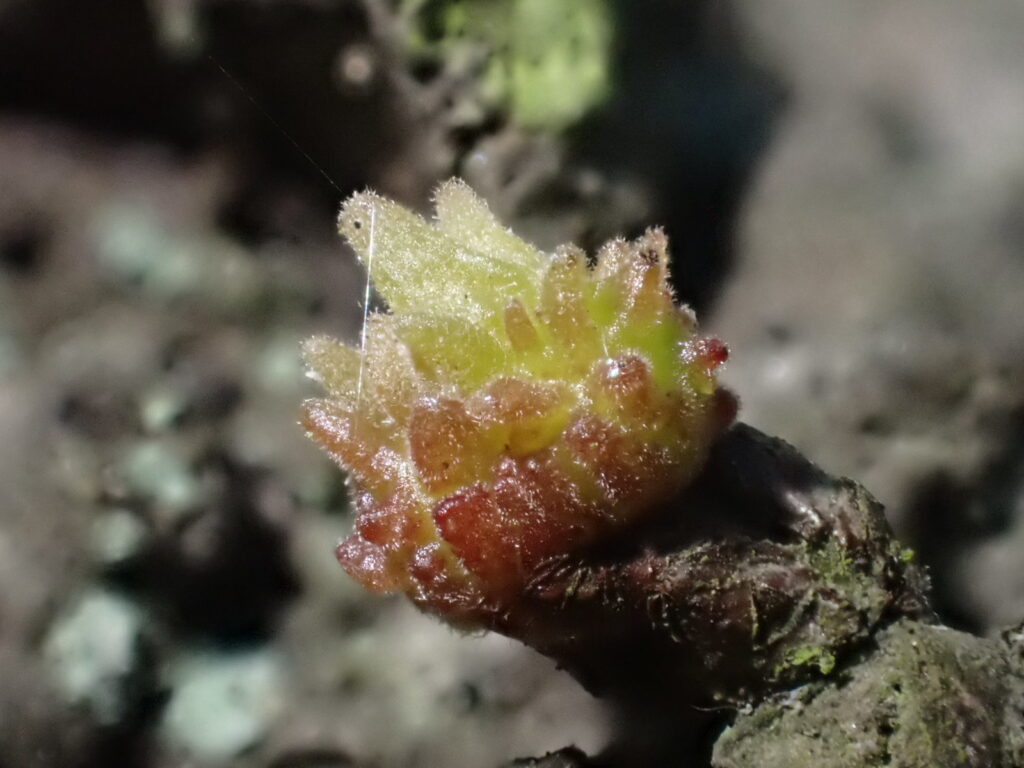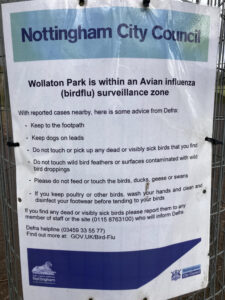Wollaton Park has a diverse ecosystem of Flora (plant life) and Fauna (animal life), collectively known as wildlife.
See our galleries below for pictures of most of the wildlife you might find, taken by Friends of Wollaton Park members and supporters.
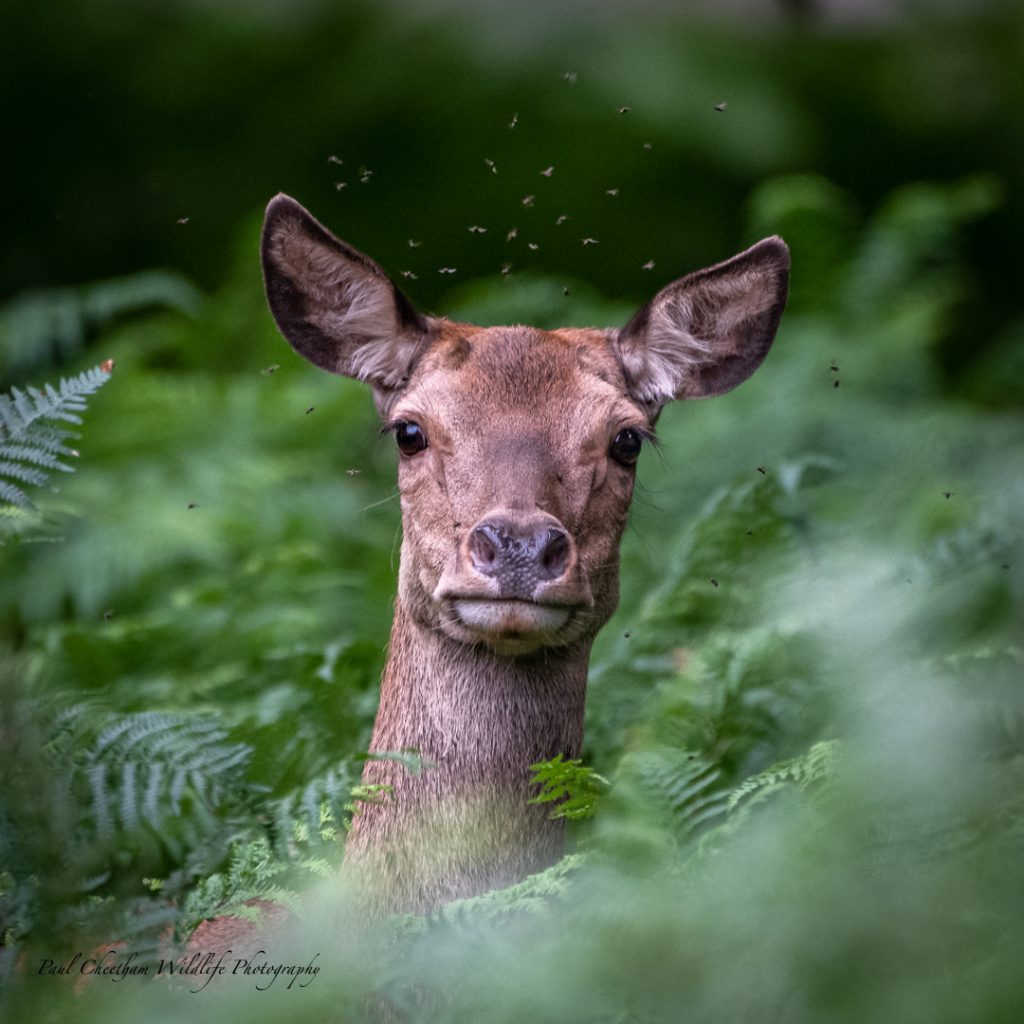
Deer
Since the fourteenth century herds of Red and Fallow deer have roamed Wollaton’s 550 acres of parkland.
The park is their home. Please do not approach or feed the deer
Find out more…
Birds
Wollaton Park is home to over 70 bird species, some resident, some migratory.
See the Friends of Wollaton Park photo album for a photograph of each species taken in the park, or listen to the sounds of the dawn chorus…
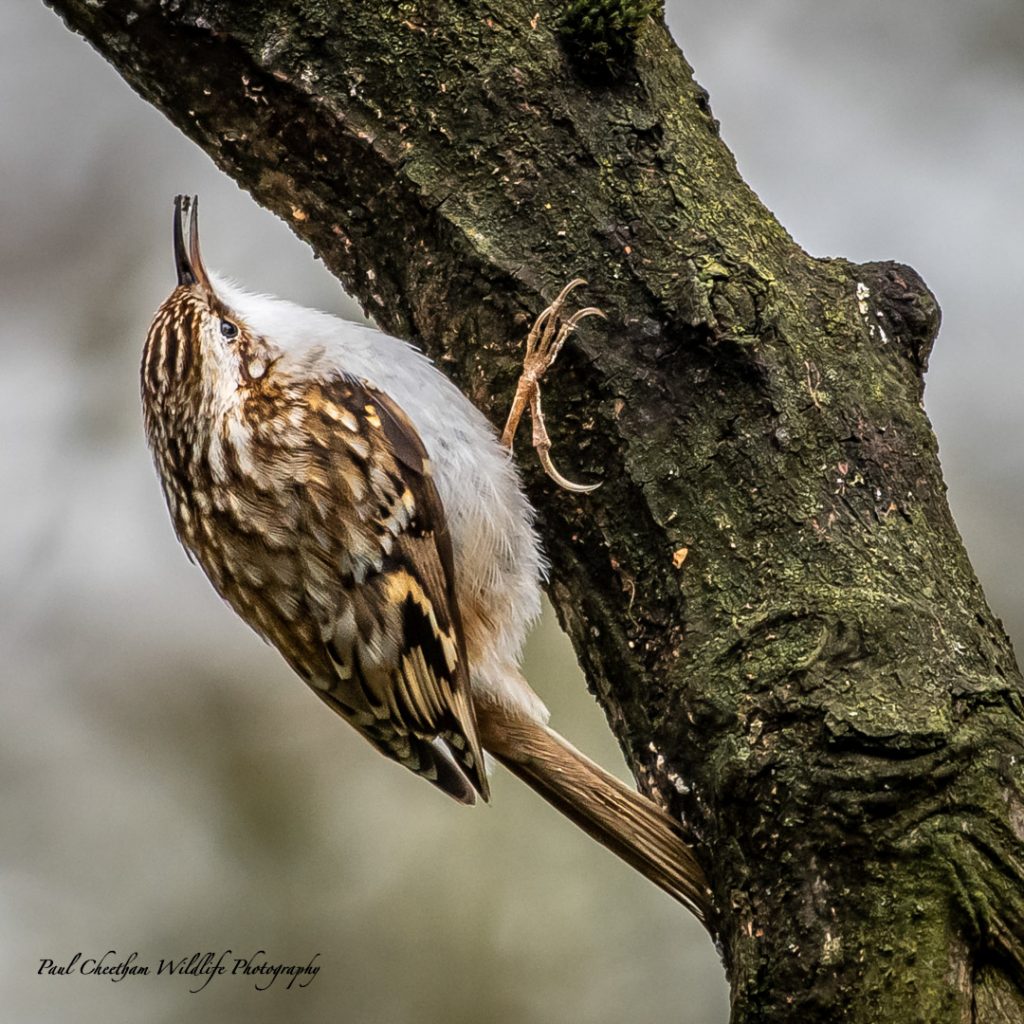
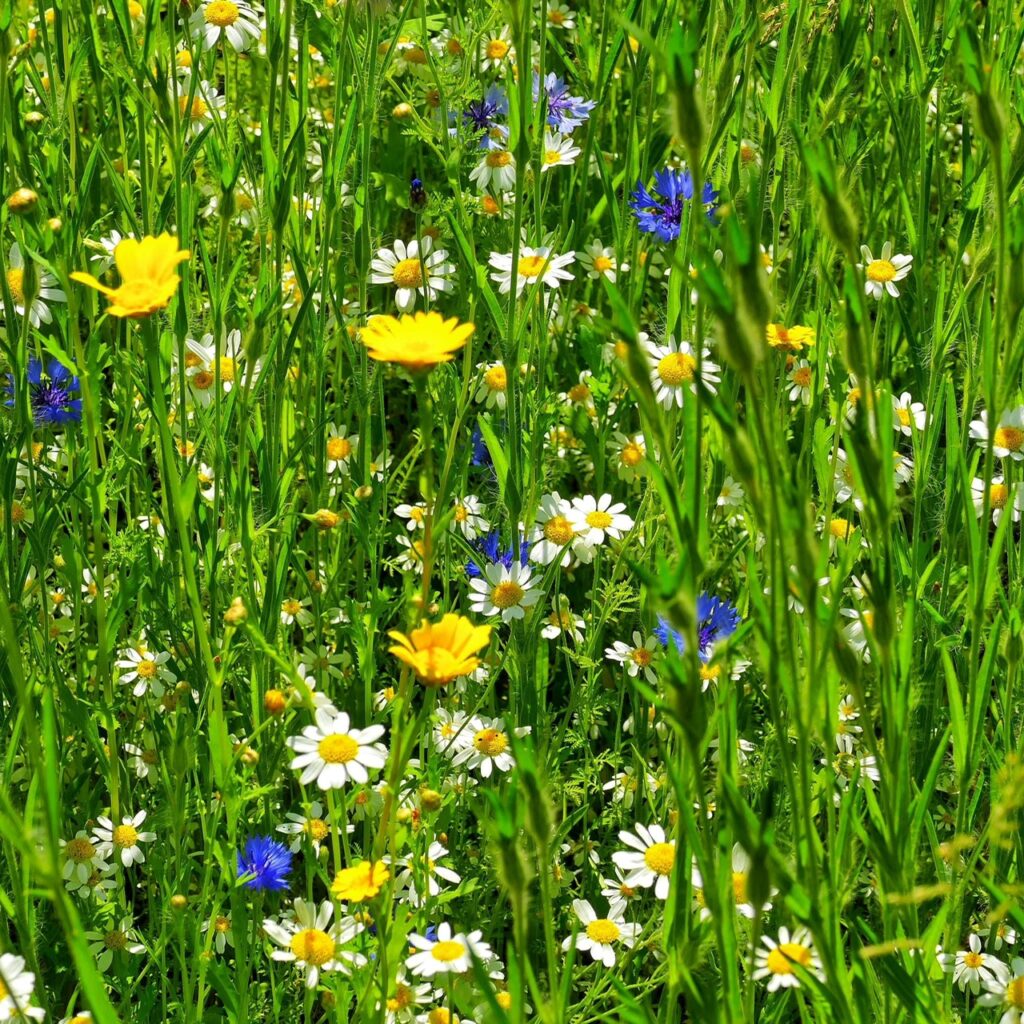
Wildflowers
Wollaton Park is home to a diverse range of native wildflowers, and a few non-native species. Our gallery contains over 100 examples of wildflowers and other wild plants that can be found in the park.
Trees
There are over 5000 trees in the park covering approximately 170 different species.
Our galleries contain photographs of over 120 tree species taken in the park…
You can see where all the trees are on our Tree Map…


Mammals
Mammals play an important role in the ecosystem of Wollaton Park. Mammals are important predators, herbivores, and scavengers, and they help to keep populations of other animals in check. They also disperse seeds and pollinate plants, which helps to maintain healthy ecosystems.
Insects
Insects act as the ecological glue that holds the world of nature together. They are present in nearly all terrestrial ecosystems and take part in practically all significant ecological interactions.
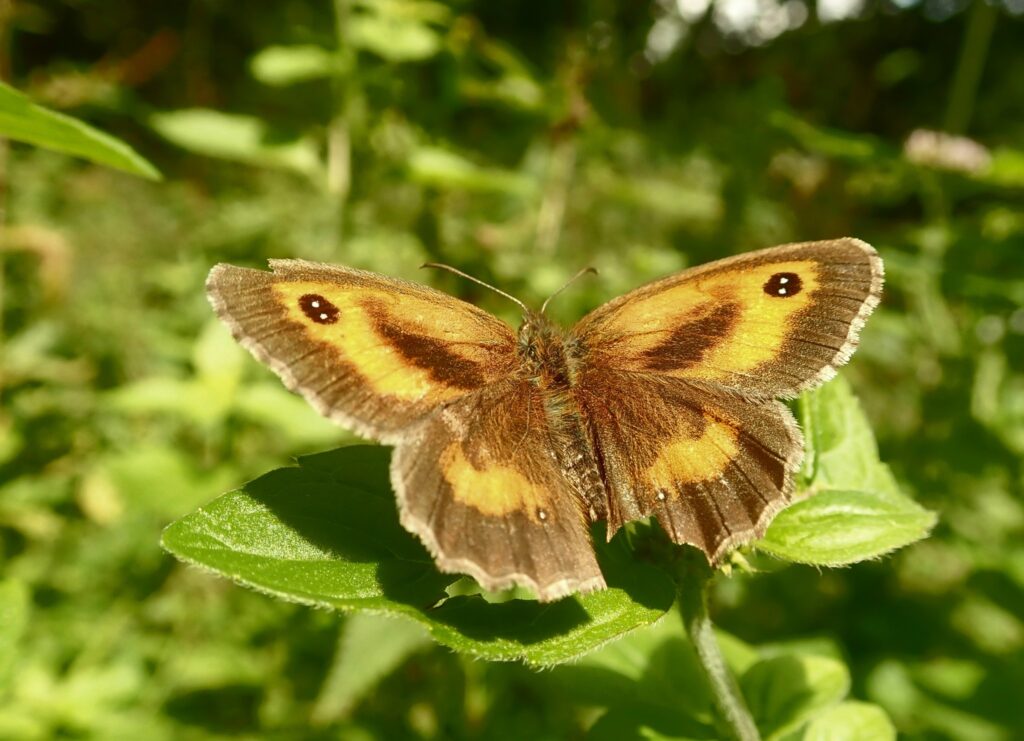
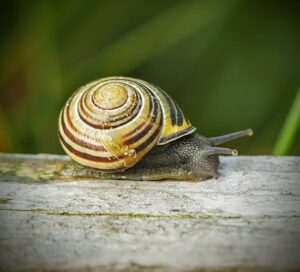
Gastropods
Snails play an important role in the ecosystem as they serve as a food source for a variety of animals, including birds, mammals, and other invertebrates. Additionally, snails help to break down organic matter and recycle nutrients in the soil, which helps to promote healthy soil ecology.
Fungi
Fungi are important components of ecosystems, and they play key roles in decomposition, nutrient cycling, and soil health.
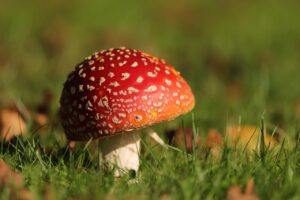
Lake
The lake serves as a vital wildlife habitat, supporting a diverse array of aquatic and terrestrial species with its water, shoreline vegetation, and surrounding environment.

See Also…
Explore recent wildlife sightings and contribute your own observations in the park through the iNaturalist project.

